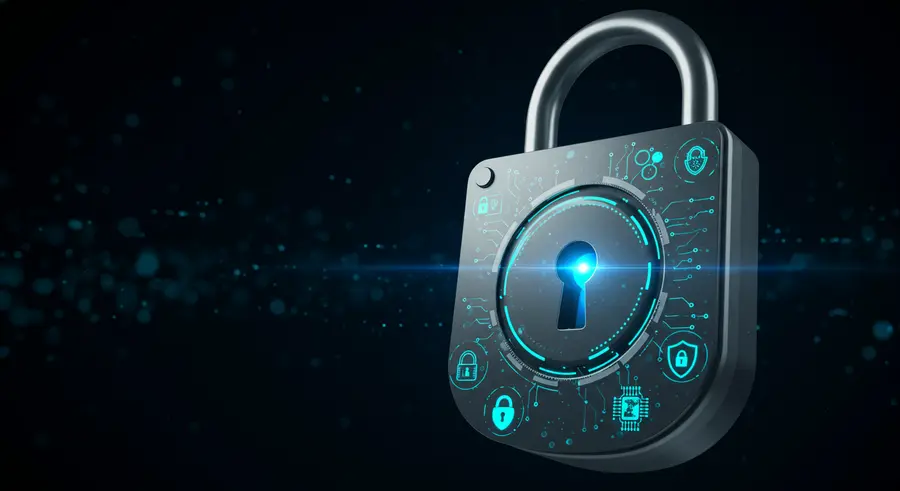Appearance

Welcome, digital guardians and cybersecurity enthusiasts! 👋 In today's interconnected world, traditional network security models are no longer sufficient. The perimeter-based defense, where everything inside the network is implicitly trusted, has become a relic of the past. Enter Zero Trust Architecture (ZTA), a revolutionary security model that challenges the age-old adage of "trust but verify" with a new mantra: "never trust, always verify."
What is Zero Trust Architecture? 🧐
At its core, Zero Trust Architecture is a security framework that dictates that no user, device, or application should be automatically trusted, regardless of whether they are inside or outside the organization's network perimeter. Every access attempt, even from within the network, must be explicitly verified and authenticated. This paradigm shift fundamentally redefines how organizations approach security, moving away from a castle-and-moat defense to a more granular, identity-centric approach.
The concept was coined by John Kindervag while at Forrester Research in 2010. His core idea was simple yet profound: stop assuming trust based on network location.
Why is Zero Trust Essential Today? 🌐
The rise of cloud computing, remote work, mobile devices, and the increasing sophistication of cyber threats have rendered traditional security models ineffective. Here's why ZTA is not just a trend but a necessity:
- Eliminates Implicit Trust: The biggest vulnerability in traditional models is the implicit trust granted to insiders. ZTA removes this, treating every access request as if it originates from an untrusted network.
- Mitigates Insider Threats: By verifying every access, ZTA significantly reduces the risk of insider threats, whether malicious or accidental.
- Adapts to a Dynamic Environment: With users accessing resources from anywhere, on any device, ZTA provides a flexible and robust security posture that adapts to the modern, distributed enterprise.
- Limits Lateral Movement: Even if an attacker breaches the perimeter, ZTA's continuous verification and least privilege principles prevent them from moving laterally across the network.
- Enhances Data Protection: By enforcing strict access controls and segmenting data, ZTA significantly improves the protection of sensitive information.
Key Principles of Zero Trust 🔑
The NIST Special Publication 800-207, "Zero Trust Architecture," outlines three core principles:
- Verify Explicitly: Always authenticate and authorize based on all available data points, including user identity, location, device health, service or workload, data classification, and anomalous behavior. This means no more "once verified, always trusted."
- Use Least Privileged Access: Grant users and devices only the minimum access privileges required to perform their tasks. Just-in-time and just-enough access are key.
- Assume Breach: Design security with the assumption that a breach is inevitable. This means continuously monitoring, logging, and analyzing all traffic and activity to detect and respond to threats quickly.
How Zero Trust Architecture Works (The Core Components) ⚙️
Implementing ZTA involves a combination of technologies and processes working in concert:
- Identity Governance: Strong authentication (MFA, biometrics), identity management, and single sign-on (SSO) are foundational. Every user and non-person entity (NPE) must have a verified identity.
- Microsegmentation: Breaking down the network into small, isolated segments, each with its own security controls. This limits the blast radius of a breach.
- Device Trust: Continuously assessing the security posture and health of devices attempting to access resources. This includes checking for compliance, patches, and malware.
- Policy Engine & Policy Enforcement Point (PEP): The Policy Engine makes access decisions based on all contextual data (user, device, resource, environment). The PEP enforces these decisions, granting or denying access.
- Continuous Monitoring & Analytics: Real-time visibility into network traffic, user behavior, and system logs to detect anomalies and potential threats. Security Information and Event Management (SIEM) and User and Entity Behavior Analytics (UEBA) play a crucial role here.
- Data Protection: Classifying data and applying granular controls to protect it, including encryption and data loss prevention (DLP).
Zero Trust in Action: Practical Examples 🛠️
- Remote Work: Instead of VPNs that grant broad network access, ZTA ensures that remote workers only access the specific applications and data they need, after their identity and device health are verified.
- Cloud Environments: As organizations move to the cloud, ZTA extends security policies to cloud-native applications and infrastructure, ensuring consistent security regardless of where the data resides.
- IoT Security: ZTA is critical for securing IoT devices, which often have limited security capabilities. Each device's access to the network is strictly controlled and monitored.
Challenges and Considerations 🤔
Implementing ZTA is a journey, not a destination. It requires a strategic approach and can present challenges:
- Complexity: Redesigning security policies and infrastructure can be complex, especially in large, legacy environments.
- Integration: Integrating various security tools and platforms to achieve a unified ZTA can be challenging.
- User Experience: Balancing stringent security with a seamless user experience is crucial for adoption.
- Cultural Shift: It requires a change in mindset from both IT and users, emphasizing security as a shared responsibility.
Conclusion: Embracing the Future of Security ✨
Zero Trust Architecture is not merely a technology; it's a philosophy, a strategic approach to cybersecurity that is vital for protecting modern enterprises from evolving threats. By adopting a "never trust, always verify" mindset and implementing the core principles of ZTA, organizations can build a more resilient and secure digital environment.
To dive deeper into this topic and explore related concepts, check out our comprehensive guide on Understanding Zero Trust Architecture.
Stay safe, stay secure! 🚀